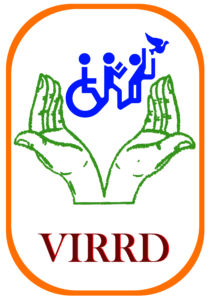FACILITIES @VIRRD
ALFC: Artificial Limb and Functional Rehabilitation Center
- About Our ALFC
- Advancements in Artificial Limb
Through a multidisciplinary approach, the ALFC offers a range of services, including:
- Evaluation and Assessment: We conduct thorough evaluations to assess each patient’s unique needs, functional abilities, and lifestyle requirements. This allows us to develop personalized treatment plans.
- Prosthetic Design and Fabrication: Our experienced prosthetists utilize advanced technologies and materials to design and fabricate high-quality artificial limbs that are comfortable, functional, and aesthetically appealing.
- Fitting and Alignment: We ensure precise fitting and alignment of the artificial limb to optimize comfort, stability, and functionality. Regular adjustments and modifications are made to achieve the best possible fit.
- Rehabilitation and Training: Our rehabilitation specialists provide comprehensive training and support to help patients adapt to their new artificial limbs. This includes gait training, mobility exercises, and activities of daily living to enhance their functional abilities.
- Follow-up Care: We emphasize long-term care and support for our patients. Regular follow-up visits are scheduled to monitor progress, address any concerns, and make necessary adjustments to the artificial limb.
- Improved Materials and Components: Artificial limbs now utilize lightweight and durable materials like carbon fiber and titanium, providing enhanced strength and flexibility while reducing overall weight.
- Computer-Aided Design and Manufacturing (CAD/CAM): CAD/CAM technology enables precise design and manufacturing of custom-made artificial limbs, ensuring optimal comfort, stability, and performance.
- Myoelectric Prostheses: These advanced prosthetic devices utilize electrical signals generated by the patient’s muscles, allowing for greater range of motion and control over the artificial limb.
- Osseointegration: This surgical technique integrates a titanium implant with the patient’s bone, providing improved stability, comfort, and mobility for more natural movements.
- Targeted Muscle Reinnervation (TMR): By redirecting nerves from the amputated limb to healthy muscles, TMR enables patients to control their prosthetic limb using existing muscle signals.
- Cosmetic Enhancements: Realistic cosmetic features such as high-definition silicone covers, realistic skin textures, and customizable color matching techniques create a more natural and aesthetically pleasing appearance.
